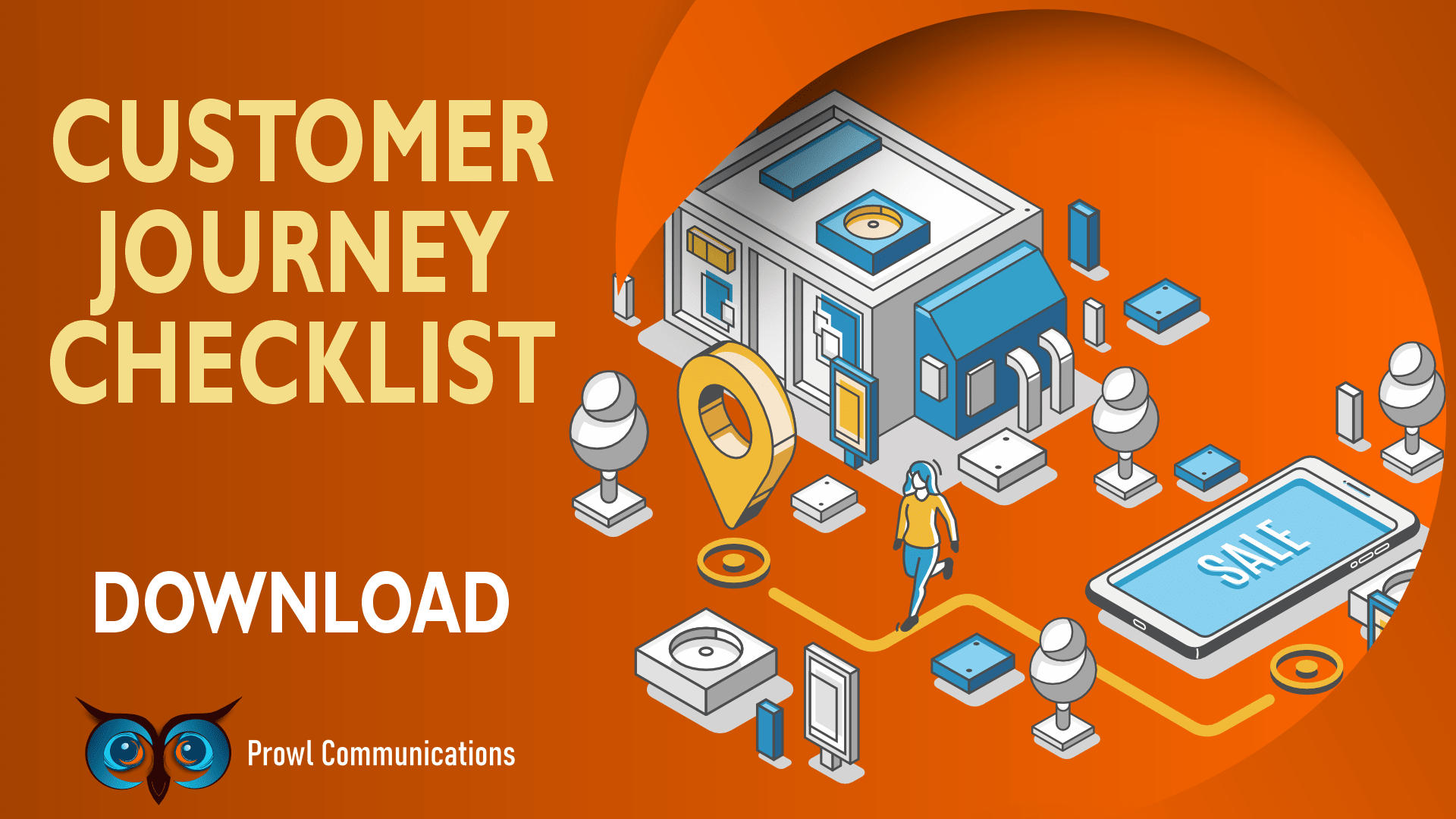To help you truly understand your customer's buying journey, deeply understanding your buyer will help immensely - thus creating a 'buyer persona' - one of those marketing buzz words.
How to Create A Buyer Persona for Your Business – Things To Consider
What
Your buyer persona is a character profile based on research about your ideal customers. The buyer persona should be as detailed as possible and include information on demographics, behavior patterns, motivations, and goals. Buyer personas help marketers build better marketing plans, and understand the wants and needs of their customers.
Why
If you have spoken with us before, you have probably heard us talking about the main benefits of using customer journey maps to view the entire customer experience from the customer’s point of view. An important step before doing that, is fully understanding your customer. I don’t mean just knowing that they are in a certain industry and have a specific job role. I mean deeply understanding them. This is where the buyer persona comes in. Creating a persona will make you describe your customers with a similar level of detail that you could probably describe your very good friends. When you think about your close friends, they probably trust you with this information. They probably also value your opinion because you know them well and have worked to establish a trusting relationship. Building the best customer relationships today is not dissimilar to the process of building a friendship.
When you meet a person for the first time, you may learn the what they do and where they work, but would you call them a friend? Do they trust you right away and ask for advice or guidance? No, of course not. Inbound marketing works in the same way. You have to build trust over time, through more interactions with a lead. In order to gain more interactions, you’ll have to understand them on a deeper level. What interests them? What goals do they have in life? What do they like to do in their free time? These are questions you may ask a potential friend to come up with ideas for activities you could do together. These questions will also help you develop the right content, events and products to get a lead to interact with your company or brand more. Your buyer persona will help you determine their personality and you can build out your marketing campaigns from there.
 Where
Where
Where should your buyer persona live? With marketing, sales, communications, product development? EVERYwhere, that’s where. A buyer persona guides your marketing campaigns, but is also extremely useful for your sales and product development teams to know. By understanding your customers on this level, product development can design new products and tools that make sense for their lives. When speaking to potential customers, your sales team is armed with talking points for how your products can solve their greatest challenges, from a holistic point of view. Every part of your company can benefit from having a deeper understanding of your buyers. Store the persona in the same place you keep your branding documents to complete the picture of your company’s messaging.
How
How should you get started with your buyer persona? Sitting down and thinking of all the questions you could possibly ask, and then wondering how to gather all those answers can seem like a tedious task. There are a lot of tools out there that help you build out your buyer persona. We’ve even created one that lists out all the most important questions. Filling everything in takes a matter of minutes in our tool which you can access here: https://www.vbout.com/Buyer-Persona/.
There are a lot of free resources, templates and tools out there, so the real struggle with creating your persona is most likely getting the answers to the questions. You may not know where to find the information. This can be done mainly through research, both primary and secondary.
Here are 6 different ways to consider:
1) Use traditional market research – This may require a larger budget than some small businesses are prepared to spend, however, focus groups and one-on-one interviews can provide the precise, in-depth knowledge you need for your personas. The only draw-back with focus groups is that the small sample size means applying the insights, however in-depth they may be, to your larger target market, can be slightly inaccurate.
2) Write and send out questionnaires – Questionnaires are a great way to gather lots of information at a fraction of the cost of focus groups. You may have to offer some incentive to the individuals filling them out, but these do not have to be too elaborate or costly. The only real drawback from a questionnaire versus a focus group is that self-reporting is usually less accurate. Also, focus group moderators are very skilled at helping participants dive deeper into their emotions and feelings, which are very relevant for some companies.
3) Use your own data analytics from your content – The data gathered from individuals visiting your website, and engaging with your content, can provide useful information about what interests your potential customers. One warning however, is that these individuals may not be a perfect representation of your target customers. A lot of visitors could be outside of that group, and you should use this data with caution.
4) Ask your customer service team – Your client facing employees should have a wealth of knowledge about your current customers, especially your customer service and sales teams. These individuals can help build out the profiles of your target market just based on their interactions and conversations. Keep in mind however, if you are looking to target new customers, or a different segment, this knowledge may not fit completely.
5) Study the customers of your competitors – Maybe you’re a new company that doesn’t have a big social media following, or many visitors to your website. Perhaps your customer service team hasn’t had many interactions with customers yet. Another way to gather data and research is to look at the online behavior of the customers for your competitors. This can give you a lot of insight but will be challenging if you are in a very niche space, or if you target customers don’t spend a lot of time online.
6) Buy market research studies – These can also be a pricey option for small companies just starting out, but the investment can result in huge pay offs. These research studies are generally cheaper than running your own focus groups, and can still provide incredible insight into the lives of your target customers.
PRowl Communications is a vbout partner.
to build your landing pages and marketing automation to fill your pipeline and increase sales.



